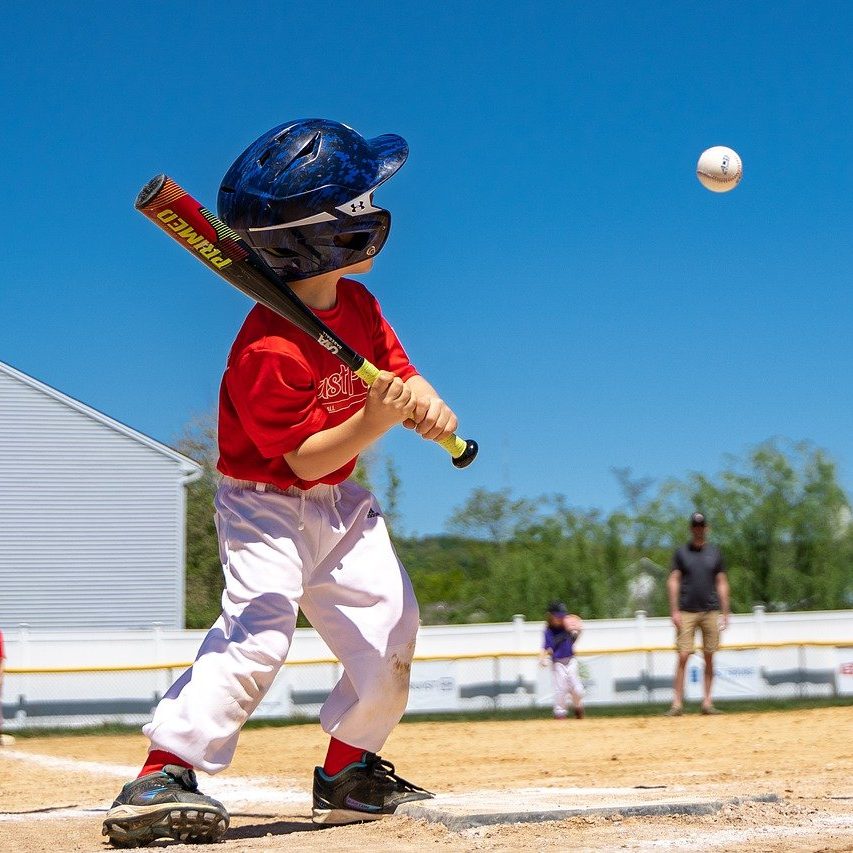
The emotionally elevated rule enforcement caught my eye; I’m unsure what game they were playing. There was a soccer ball involved. I know this because a pair of angry eight-year-olds threw it at each other to emphasize their contributions to the disagreement.
Kid #1: “He’s not out because the ball was out of bounds. It’s a foul, not an out!”(tosses the ball at other guy’s face).
Kid #2: (catches the ball) “No! The ball was foul, but Kevin caught it before it touched the ground. That means Ben is out!” (tosses the ball at the other guy’s face).
This rule enforcement back and forth continued for a few minutes before they agreed to a ‘do over’ and returned to their game.

Rule Enforcement Wrap-Up
I participated in many similar rule enforcement arguments back in the 70s and 80s when we played made-up games wherever we could find a little time and space away from adults.
These arguments taught us how to stand up for what we believed to be true, listen to evidence and differing opinions, negotiate and problem-solve, persuade, and read body language. That last one is important because sometimes someone would throw a punch, and if you were adept at reading body language, you might be able to avoid being hit.
These arguments rarely turned violent. We usually argued until we got tired of arguing, and then we negotiated a solution and returned to the game.
Because modern kids are so much more supervised than me and the other scalawags were back in the day, there’s almost always an adult compelled to interfere and settle such arguments. While these intrusions are likely good-intentioned, they steal children’s opportunity to figure things out on their own.
If an authority figure is always there to jump in and fix your problems, It’s hard to learn how to solve problems on your own.
Peter Gray’s 4th condition of play states that “Play has structure, or rules, which are not dictated by physical necessity but emanate from the minds of the players.” He explains, “The rules of play are the means. To play is to behave in accordance with self-chosen rules.”
We should not only step back enough to allow children to create the rules for their games, but we should also stay out of the way and give them a chance to enforce them. We can observe from the sidelines, near enough to step in before a nose is bloodied.

Contribute content to Playvolution HQ
Brought to you by Explorations Early Learning
Browse Trainings
Post Author
Jeff Johnson is an early learning trainer, podcaster, and author who founded Explorations Early Learning, Playvolution HQ, and Play Haven.


Leave a Reply